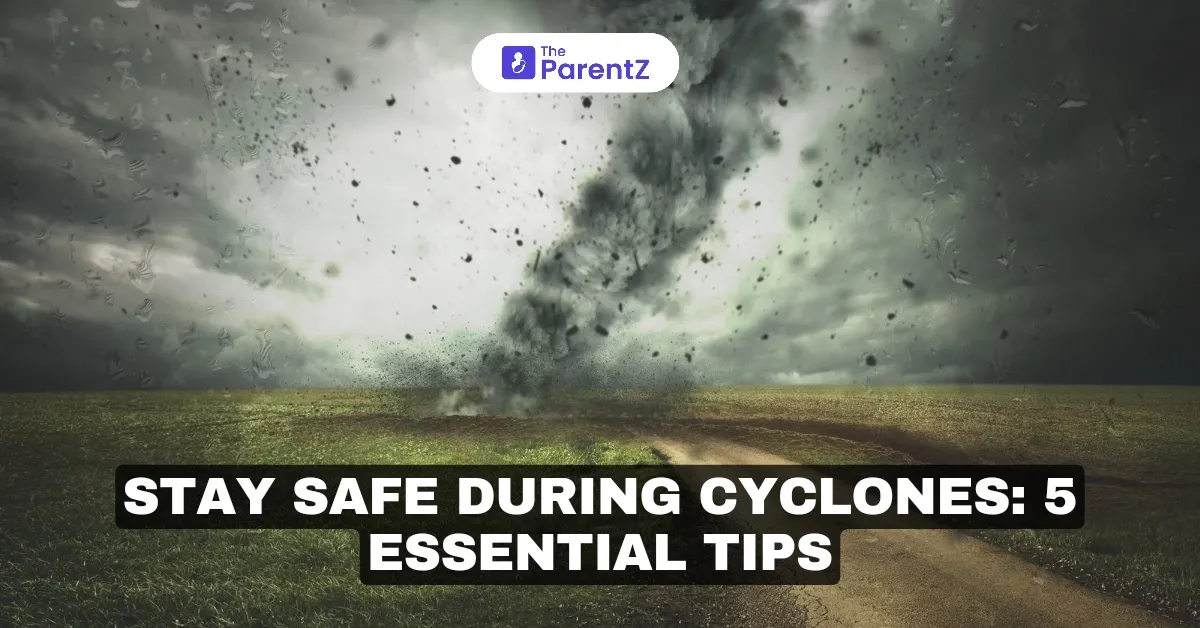You probably know when a cyclone is on its way as soon as you notice the skies darken and the winds begin to howl. Despite how terrifying it may seem, what's more important is being prepared, which can truly make a big difference in ensuring the safety of you and your loved ones. The fact is—cyclones are perhaps one of the most powerful forces of nature. However, by being prepared and staging knowledgeably, you can actually beat the weather with confidence.
Read below this article to explore some of the most essential tips to stay safe during cyclones.
Know the Cyclone Risk Zone
The first step in ensuring your safety is understanding the risks of cyclones. While cyclones are more common in certain areas, such as coastal regions, their impact can even stretch to far beyond the coast. According to the World Meteorological Organization, nearly 60 percent of the world’s population lives in coastal zones that are vulnerable to hurricanes, cyclones, and typhoons.
Staying updated about the risks and warnings beforehand can be significantly beneficial. Especially during cyclone season, track updates from your national meteorological service to keep updated on real-time warnings, evacuations, and other important information.
Emergency Kit
The truth is—when a cyclone strikes, it can be days before life returns to normal. Power outages, flooding, and road closures are common after a natural disaster. This is the reason why having an emergency kit, including the basics, such as non-perishable food, clean water, medications, a flashlight, first-aid supplies, and extra batteries, is essential.
For example, post Cyclone Idai in 2019, which hit parts of Mozambique, Zimbabwe, and Malawi, the Red Cross reported that more than 1.5 million people were significantly impacted. And many survivors had to rely on emergency kits for weeks.
Safe Shelter Plan
If you’re in a risk-prone area, you must create a safe shelter plan, just in case. This plan basically involves deciding where to go if you need to evacuate and how to protect your home. If you’re unable to evacuate, find the safest spot in your house, typically an interior room on the lowest level and probably away from windows and doors.
Cyclones can bring severe winds and flooding, and homes near rivers or coastal areas are especially vulnerable. According to FEMA, 40 percent of people fail to evacuate their homes during a cyclone, which leads to unfortunate incidents.
Keep an Eye on the Official Warnings
Another approach is to stay calm as the cyclone approaches. It's easy to panic. However, panic only leads to confusion and bad decisions. Instead, listen carefully to official warnings and instructions, as they are your best source of information during a cyclone.
In 2020, Typhoon Haishen in Japan left over 60,000 households without power. Despite the significant damage, Japan’s early warning systems actually resulted in only minor destruction. This proves how important it is to listen.
Know the Post-Cyclone Dangers
Another fact is—even after the cyclone passes, the danger doesn’t necessarily end. Some of the common hazards include floodwaters, fallen trees, and live electrical wires, which can pose a significant threat to your safety.
Therefore, another essential tip is to wait for the official all-clear signal before leaving your shelter. After all, your safety is more important than anything else.
Takeaway
Dealing with cyclones needs strong knowledge and preparation. From creating an emergency kit to a safe shelter plan and staying updated about post-cyclone dangers can actually reduce the risk significantly. With these essential tips, you can effectively deal with the intense weather while ensuring your and your loved one’s safety.








Be the first one to comment on this story.